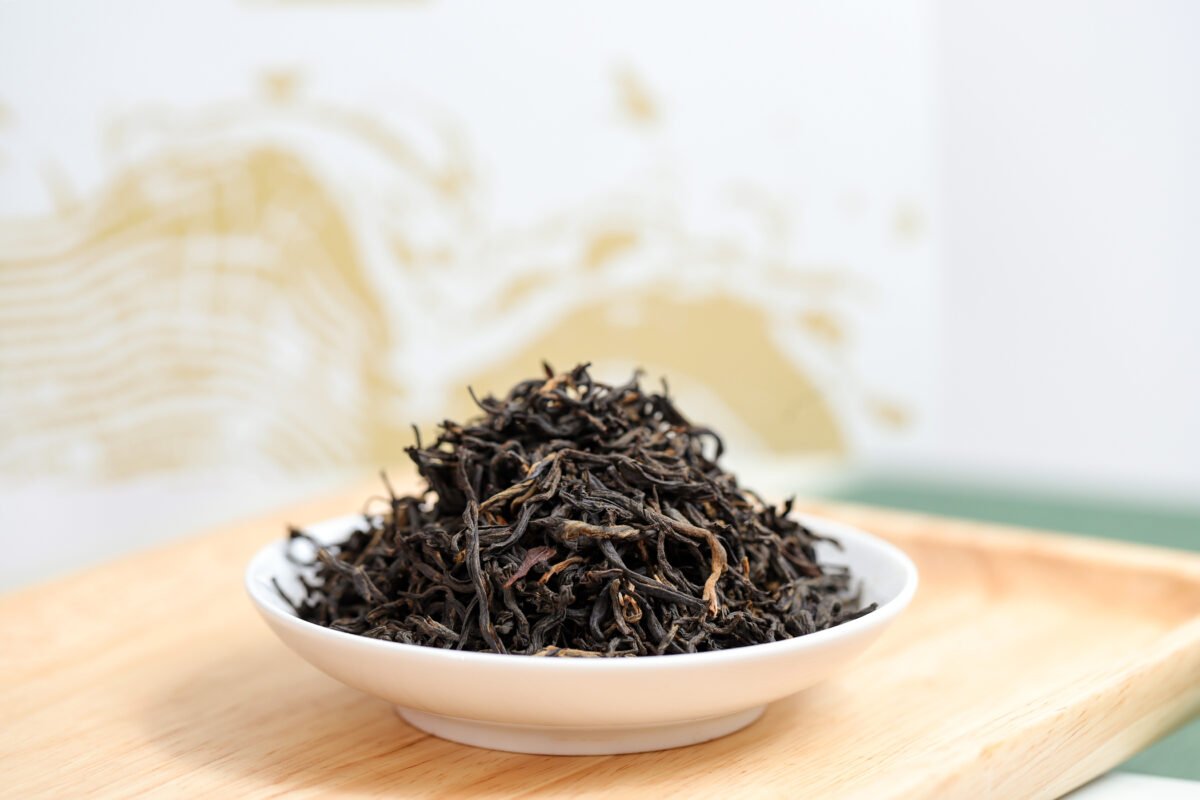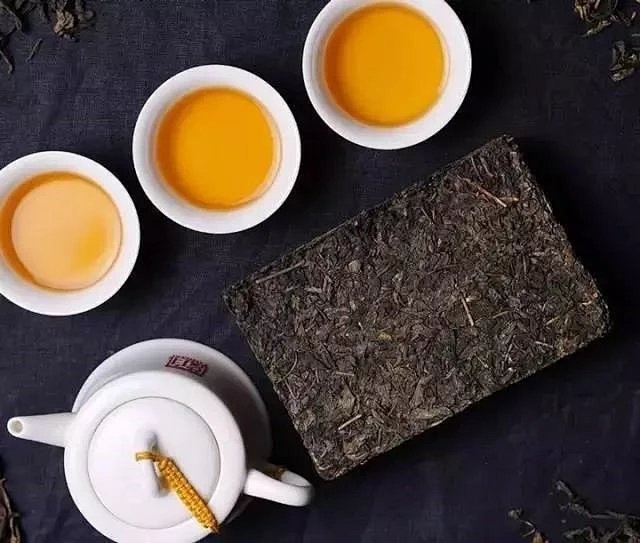In the minds of many people, dark tea is a symbol of low-grade tea because of its rough appearance and heavy storage smell, making it hard to imagine that it is good tea. Dark tea neither has the tenderness of green tea, nor the high aroma of Tieguanyin, nor the full fragrance of black tea. So why do many people insist on drinking dark tea? It is because of the unique value of dark tea. The characteristics of dark tea are quite different from those of other teas.
First, let’s talk about the raw materials. For other teas, such as green tea and black tea, the focus is on tender buds, one bud with one or two leaves. It’s meticulous work to pick the tenderest parts. But it’s not the case for dark tea. It’s only half a month after the first wave of tea picking that tea farmers start to collect the raw materials for dark tea. The thick leaves and branches that other types of tea discard are the main raw materials for dark tea. It’s rather difficult to pick them by hand, so tea pickers will bring a special knife and put the thick leaves and long tea stems together into the tea baskets.
Next, let’s talk about the production process. The “fermentation” of dark tea is a key point, which is different from the de-enzyming of green tea and the full fermentation of black tea. The fermentation of dark tea is a true biological fermentation. The fermentation of other teas, such as oolong tea, is actually an enzymatic oxidation reaction without the participation of microorganisms. The fermentation of dark tea is a process involving microorganisms. Dark tea undergoes “pile fermentation”, which is its unique secret. Simply put, it is to pile the tea leaves together and let it generate heat naturally. Then the microorganisms start to work. Through this fermentation, the macromolecular substances in the tea leaves are decomposed, and the taste changes from rough and astringent to mellow, with a unique aroma. This flavor cannot be provided by other teas.
Many people like to drink green tea. The tender green tea floats and sinks in the glass, accompanied by the fragrance of the tea leaves, and the fresh and refreshing taste moistens the entire mouth. When it comes to green tea, its freshness is what people enjoy. The fresher the green tea, the better it tastes. Its shelf life is about one year. After a longer time, the aroma of green tea gradually dissipates. The same is true for Tieguanyin. Tieguanyin must be stored in a low-temperature and odor-free environment for 1 to 2 years. However, dark tea is different. Dark tea can be both brewed and boiled in a tea maker. You can also boil milk tea in a pot. Crush the brick tea with a hammer, sprinkle it into boiling hot water, wait until it boils into a reddish-brown color, and then add smooth fresh milk. Drinking a bowl of milk tea warms you up, gives you energy, helps digest food, lowers cholesterol, and is particularly beneficial for health.
Dark tea can be boiled for drinking. As a 100% post-fermented tea, boiling it at 100°C can bring out all its nutrients. It’s said that the first boil is for the bacteria, the second boil is for the tea, and the third and fourth boils are the essence. At the same time, dark tea has no shelf life. The older it is, the better. The more aged it is, the more fragrant it becomes. It’s not only good in taste but also in its health-preserving value.
Compared with green tea, the contents of caffeine and tea polyphenols in dark tea are significantly reduced, while the contents of tea polysaccharides and gallic acid are significantly increased. The contents of ester, alcohol, and aldehyde compounds in the aroma components are significantly decreased. Therefore, it does not cause insomnia. The theanine contained in dark tea is a neurotransmitter substrate in the brain, which has the function of regulating brain excitement or sedation, and helps improve sleep quality.




